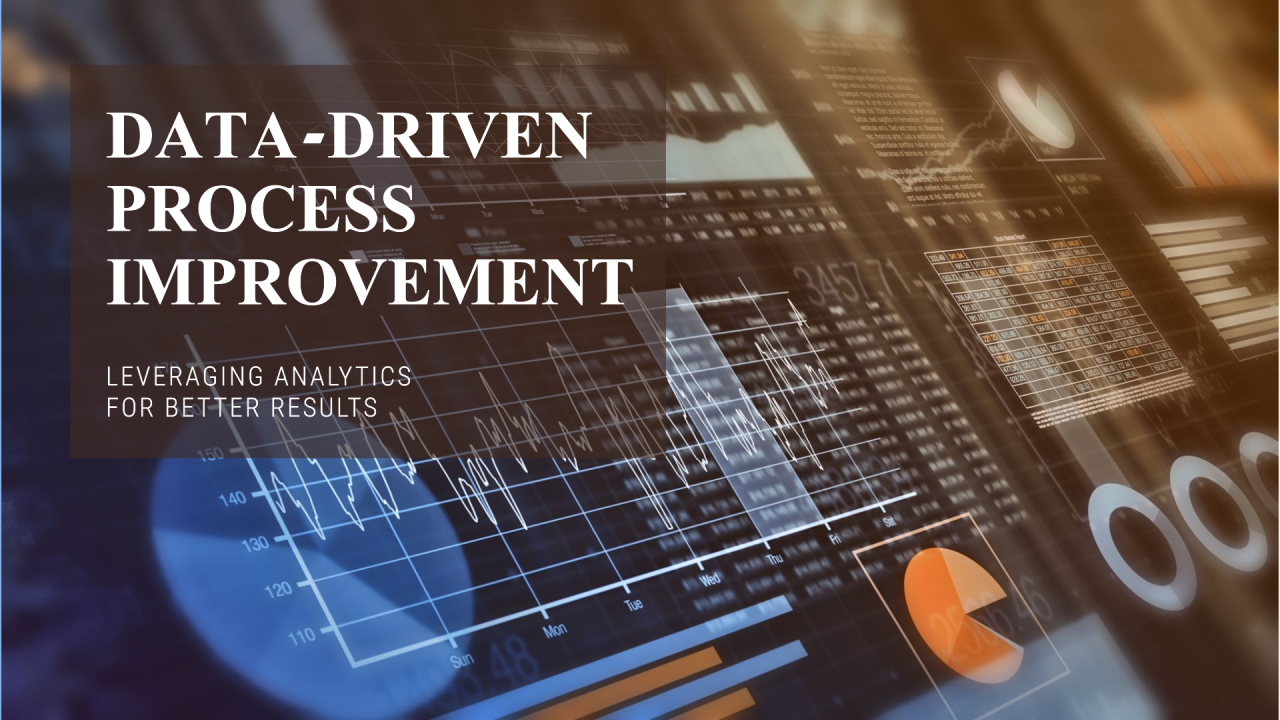Introduction
Stuck between a dozen glossy dashboards and a blinking cursor? You’re not alone. Every week I hear from founders who signed three-year contracts for “AI-powered” analytics tools that never answered a single strategic question. Others scrape by on spreadsheets, certain there’s a faster path to insight if only they could decode the vendor noise. This guide slices through that hype with first-hand tests, real-user reviews, and a clear look at the trade-offs—so you can pick an analytics tool that actually pays its own subscription.
The Shortlist at a Glance
Deep-Dive Reviews
Google Analytics 4 (GA4)
GA4 ditched the old “sessions” worldview and now stores every interaction as an event. That makes funnels flexible and opens free BigQuery exports for raw data crunching—previously a paid perk.
Tamer Badr’s take:
“GA4 is like switching from analog to digital TV—sharper insights, but you’ll need to retune your aerial.”
Watch-outs
- Complex UI; many marketers still miss Universal’s polished reports.
- 14-month data retention unless you tweak settings.
Adobe Analytics
If you’ve got a data engineering budget, Adobe’s Analysis Workspace delivers unlimited custom dimensions and super-fast queries. But the licence plus implementation can exceed six figures, and you’ll need an architect on speed-dial.
Drawbacks
- Cost and contract lock-in.
- Training cycle for Report Builder Excel add-in.
- No free tier—ever.
Mixpanel
Mixpanel’s Retention and Signal reports reveal exactly which feature keeps users loyal. Product teams love cohort graphs that answer, “How many sign-ups came back on Day 7?”
Potential hitch: Over-nesting properties can slow queries; plan a clear naming convention early.
Amplitude Analytics
Amplitude leads with a transparent MTU-based pricing slider: 1 k monthly tracked users = $49.
Good
- Best-in-class Journeys pathing.
- Free plan generous for prototypes.
Caution
- Rapid MTU growth can nudge you into Enterprise quotes.
- Interface feels dense for casual marketers.
Matomo
When Austrian and French regulators ruled against Google Analytics, Matomo gained cult status. Hosting on your own server keeps data within your jurisdiction and sidesteps cross-border transfer woes.
Downside: You maintain updates, backups, and cookie consent banners yourself.
Piwik PRO
Piwik PRO’s Core tier (free up to 500 k actions) is the gateway drug for public-sector projects. Note the small print: the Core plan retires in December 2025—budget now for Enterprise or migration.
Looker Studio (formerly Data Studio)
Google renamed it Looker Studio and pushed monthly updates; the March 31 2025 YouTube connector change better aligns view counts.
Pros
- Zero cost.
- 800+ community connectors.
Cons
- Hourly quota errors haunt high-traffic dashboards.
- Version control is still manual.
Microsoft Power BI
Power BI meshes natively with Azure Synapse and Excel Power Query. Recent reviews applaud its value but flag a Windows-only desktop and authentication hoops for Mac teams.
Zoho Analytics
Zoho landed in Gartner’s 2025 Magic Quadrant for BI again. Its AI bot Ask Zia converts plain English into SQL and charts.
Real-world reviewers praise the white-labeling but call out sluggish sync for large datasets.
Heap
Heap’s Autocapture records every click, form change, and page view—meaning you can retroactively ask, “Which CTA got more hits last quarter?”
Reviews agree that the power is worth the steep set-up learning curve and higher tier prices.
People Are Always Asking…
Why do some teams still bolt Excel to GA4 while others jump straight to Heap or Amplitude? It boils down to:
- Data ownership vs. convenience.
- Budget predictability vs. freemium.
- Complex funnels vs. surface-level KPIs.
If you find yourself Googling “analytics tools for XYZ industry” twice a month, it’s time for a strategic decision—not another ad-hoc script.
How to Choose Your Perfect Fit
- Map use-cases first. Attribution? Product adoption? Compliance?
- Audit skill sets. SQL ninjas can exploit BigQuery or Looker; marketers may need drag-and-drop.
- Forecast three-year costs. MTU growth often doubles year-on-year.
- Check integrations. Connectors to ERP/CRM matter—see our Odoo integration services or talk to our Microsoft Dynamics 365 experts.
- Run a 30-day POC. Prove ROI with one funnel before rolling out.
Real-User Reviews Snapshot
“Heap’s auto-capture is a real game-changer; we got our first funnel in an afternoon, but the reporting UI took a week to master.” — Edith K., SaaS Growth Lead
“Power BI works brilliantly for us because everything else runs on Azure—though our Mac-based designers feel left out.” — Gartner Peer Insights Reviewer
“Zoho Analytics gives SMBs a BI punch without the enterprise price, but the hourly sync lag can be painful when you’re live-blogging sales.” — TrustRadius Review
Frequently Asked Questions (FAQ)
Q1. Is Google Analytics 4 illegal in Europe?
A: Not illegal, but several EU DPA rulings mean you’ll need Standard Contractual Clauses and explicit consent. Privacy-first tools like Matomo or Piwik PRO avoid this headache.
Q2. Can I use two analytics tools in parallel?
Yes—many startups run GA4 for acquisition metrics and Mixpanel for product funnels. Factor in load-time impact and GDPR consent banners.
Q3. Which tool is best for offline/ERP data?
Power BI or Looker wins when you must blend cloud CRM + offline sales. Remember you can hook both into Odoo ERP via REST or direct SQL.
Q4. What happens to Piwik PRO Core after December 2025?
Current free plans will need to migrate or upgrade; the vendor says migration tooling will be available in Q3 2025.
Key Takeaways
- No single “best” analytics tool exists—but there is a best-fit per maturity stage.
- Privacy regulations are reshuffling the deck. If you serve EU traffic, audit data flows now.
- Quotes from the field:
“Analytics should serve decisions, not vanity dashboards,” reminds Tamer Badr. “Start with one metric that matters, then choose the tool that makes that metric impossible to ignore.”
Final Word
If this guide saved you a week of vendor calls, share it with a colleague. And when you’re ready to integrate GA4 or Power BI with Odoo or Dynamics 365, the Singleclic consultants are only a click away.









